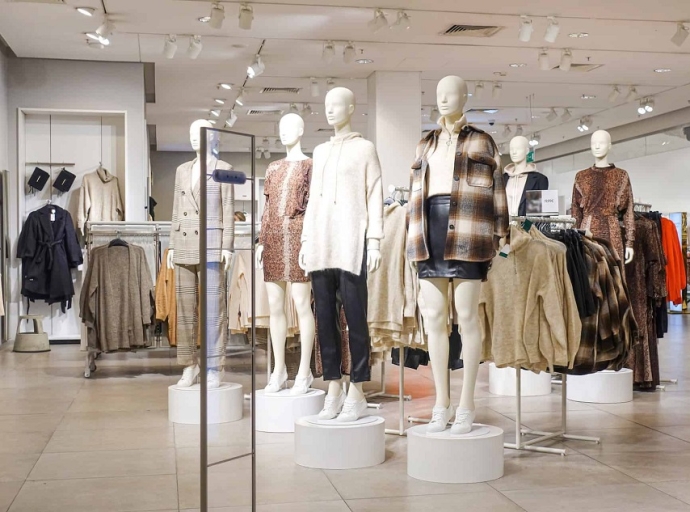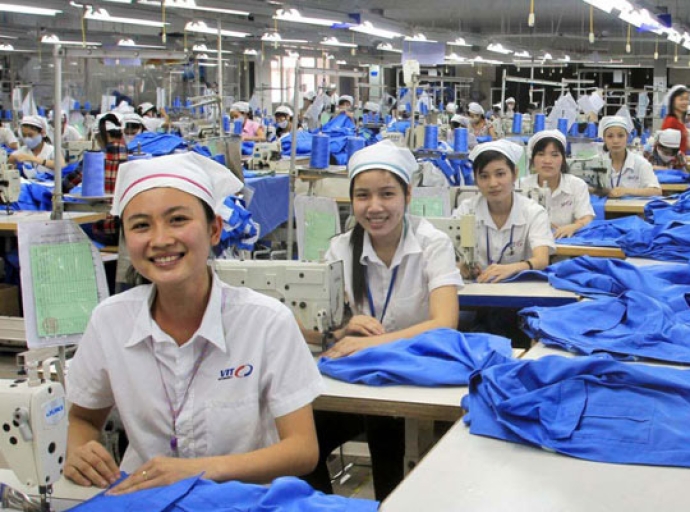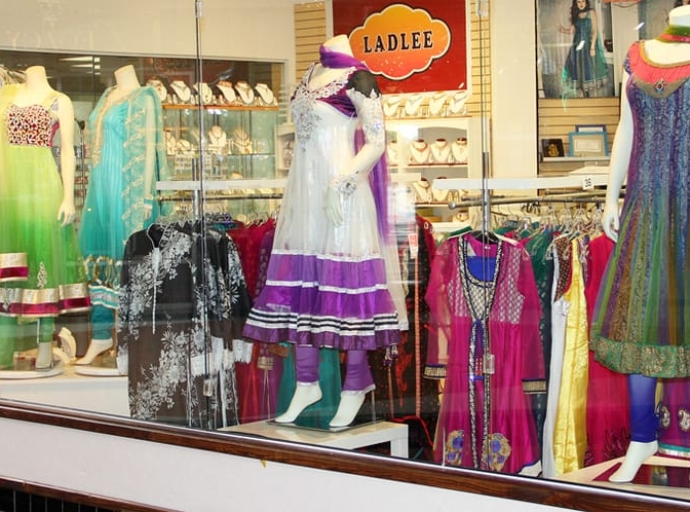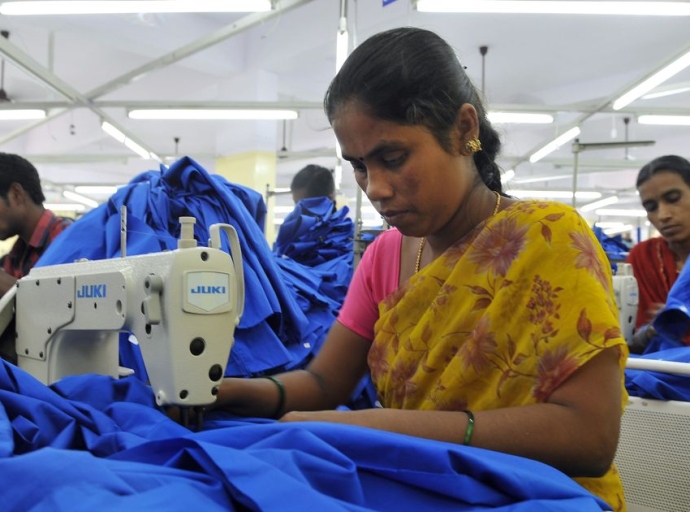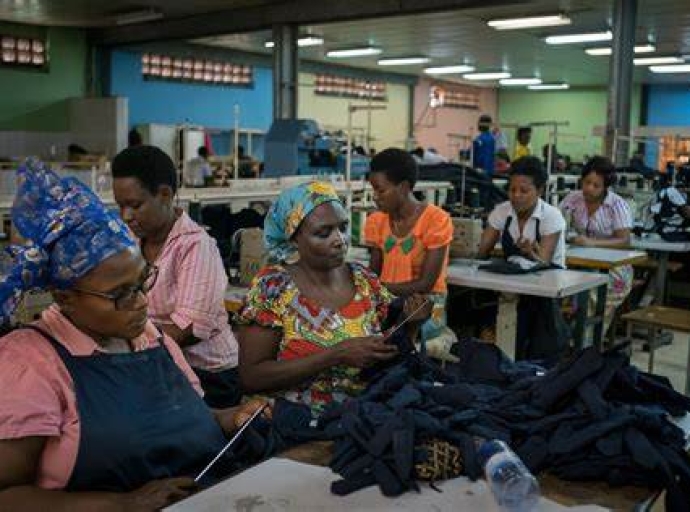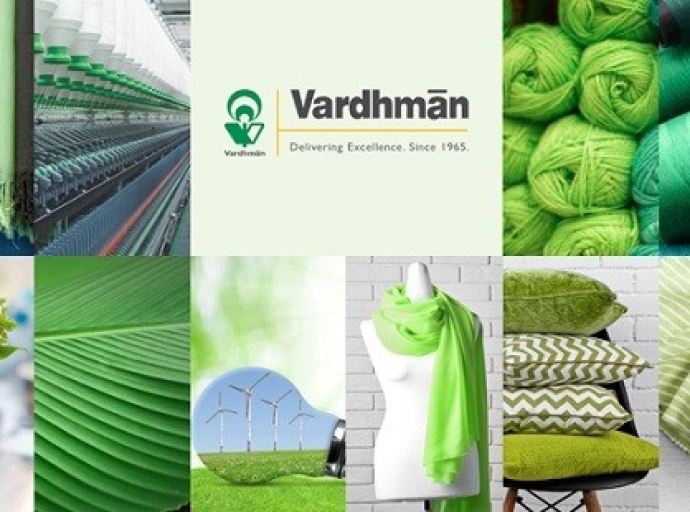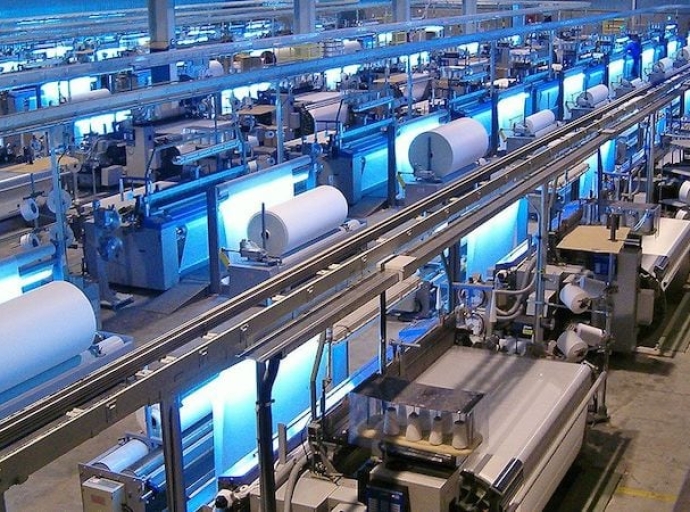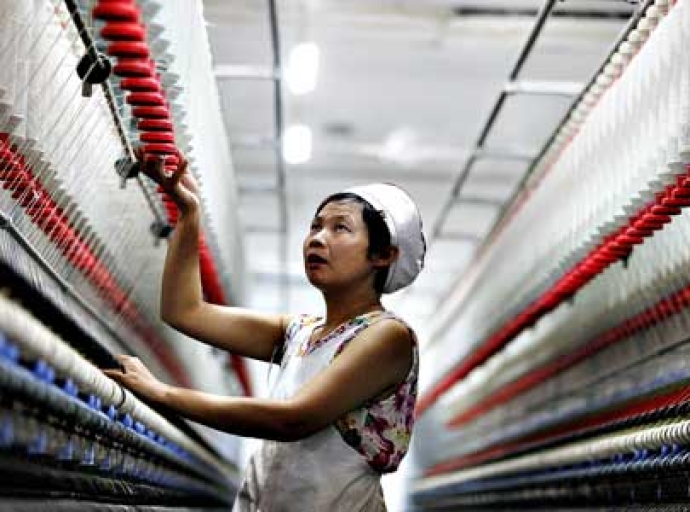22 June 2023, Mumbai
The concept of the immersive metaverse holds immense potential in the apparel sector, revolutionizing the way brands, designers, and consumers engage with fashion.
By leveraging augmented reality and virtual reality technologies, the immersive metaverse offers a transformative experience that merges the physical and digital realms.
The role of events presenting what the future holds
The concept of the immersive metaverse, as depicted in the given text, represents a significant advancement in the realm of experiential events and trade shows.
By leveraging augmented reality and 3D technology, Milano Unica aims to create a virtual space where individuals can interact and engage with the event as if they were physically present, transcending spatial limitations.
The Metaverse Boom: Engaging Users and Unveiling the Dark Side
As Investment Grows: Investments in the metaverse are soaring, leading to powerful and affordable hardware and software. Tech firms have high expectations for this market.
Consumer Brands Enter the Digital Realm: Consumer brands are seizing digital real estate to cater to the growing demand for experiences beyond the physical world.
Importance of User Engagement: Engaging people on the metaverse platform is crucial for all stakeholders involved.
Introducing Immersive Time (ImT): Immersive Time (ImT) is the dedicated use of headsets and accessories to escape reality and engage in the metaverse. Multitasking becomes limited in ImT.
Recognizing the Dark Side: Prolonged ImT usage is important but one must acknowledge its inherent drawbacks.
Implications for Researchers and Practitioners: Understanding ImT is vital for researchers, tech developers, brand managers, and policymakers ensuring customer safety in the metaverse.
This immersive metaverse introduces a new level of engagement and interactivity for attendees.
It allows visitors to explore the virtual environment, guided by the Milano Unica avatar, which serves as a virtual representation of the event. The avatar not only assists in navigating the metaverse but also provides updates, tips, and information on the showcased novelties.
Experiential
The thematic communities within the metaverse, such as Night, Family, and Culture, serve as creative cues for the upcoming Fall/Winter 2024/2025 season. By integrating fabric and accessory collections that align with these themes, Milano Unica creates an engaging and captivating environment for visitors, further enhancing the immersive experience.
Innovation & imagination
By blurring the lines between reality and the metaverse, Milano Unica aims to amplify its distinctive values and deliver an enriched experience for attendees. This concept goes beyond traditional trade shows by providing a platform where individuals can interact, explore, and be inspired by the showcased products and themes in a virtual space.
The immersive metaverse offers a unique opportunity for innovation and creativity, transforming the way people participate in events and fostering a sense of connectivity in a digitally enhanced world.
Enhancing engagement: Stickiness
Overall, the concept of the immersive metaverse, as exemplified by Milano Unica, showcases the potential of virtual environments to revolutionize the way we engage with events, trade shows, and creative experiences.
It opens up new possibilities for connecting people from diverse locations, eliminating spatial constraints, and creating immersive journeys that transcend physical boundaries.
Bridging the Gap Between Online and In-Store
In this virtual space, brands can showcase their collections in a dynamic and interactive manner.
Dynamic Showrooms and Virtual Try-Ons; Consumers can explore virtual showrooms, try on virtual garments, and experience a lifelike representation of how the apparel would look and fit in the real world.
This immersive experience bridges the gap between online shopping and the tactile nature of in-store experiences, providing a unique and engaging way for consumers to interact with fashion.
Unlocking Creative Expression
For designers, the immersive metaverse presents a platform for experimentation and creativity.
Virtual Fashion Shows and Innovative Designs; They can create virtual fashion shows, where the boundaries of reality are pushed, and new forms of expression are embraced.
Designers can manipulate digital fabrics, experiment with innovative patterns, and present their collections in fantastical virtual settings, offering a glimpse into the future of fashion.
Building Global Communities
The immersive metaverse also opens up opportunities for collaborative experiences. Brands, designers, and consumers can connect and interact in real-time, transcending geographical limitations.
This fosters a sense of community and inclusivity, enabling fashion enthusiasts from around the world to come together and share their passion for style and creativity.
Paving the Way for a Sustainable Future: Minimizing Waste and Environmental Impact
Furthermore, the immersive metaverse offers sustainability benefits. Reducing the need for physical prototypes and samples minimizes waste and the environmental impact of traditional fashion production.
Virtual garments can be showcased, experimented with, and modified without physical resources, paving the way for a more sustainable and efficient fashion industry.
Real-Time Connections and Inclusive Experiences
The concept of the immersive metaverse in the apparel sector represents a paradigm shift in the way fashion is experienced, designed, and consumed. It combines technology, creativity, and community, offering a seamless blend of the physical and virtual worlds.
The Path Forward: A research agenda is proposed to enhance comprehension of consumer behavior and engagement in the metaverse.
With its potential to enhance engagement, foster innovation, and promote sustainability, the immersive metaverse has the power to shape the apparel industry's future.


